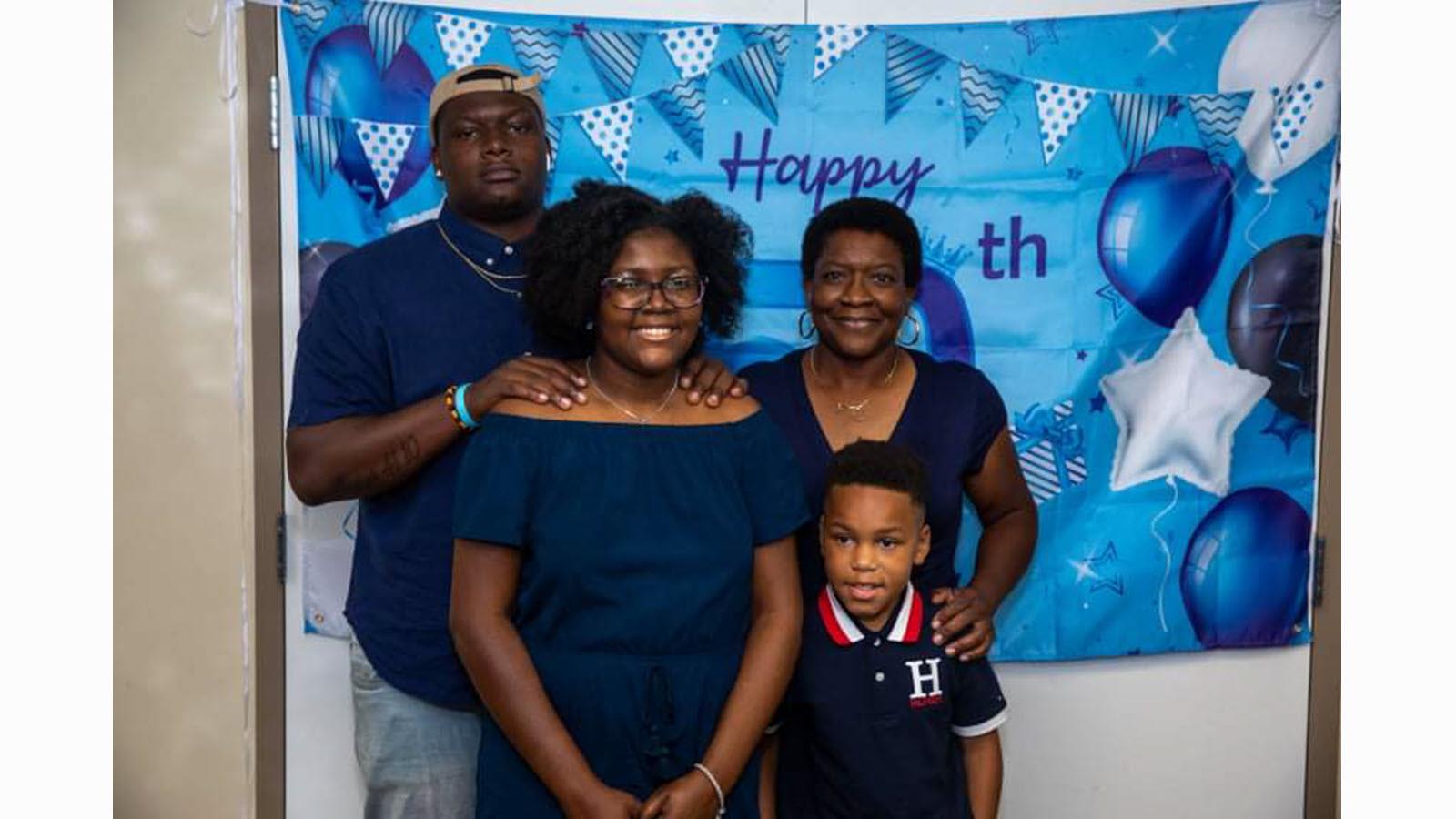As sickle cell disease gets increasing attention, pain management for patients also has improved. But getting pain relief can still be a stressful experience, especially for children, their parents and caregivers. The opioid crisis and racial bias also can further cloud the issue in some emergency room situations. We asked three experts on kids and pain to offer advice:

Dr. Greg Kato, a clinician who spent 30+-years treating children and adults who have sickle cell disease
CSL’s top expert in sickle cell disease, Dr. Greg Kato, says pain control actually starts at birth with a swift diagnosis. Now that all 50 states universally screen newborns for sickle cell disease, U.S. children are far less likely to go undiagnosed and untreated.
“This is a huge improvement in public health infrastructure,” said Kato, who joined the company in 2020 from the University of Pittsburgh’s Blood Science Center at the Vascular Medicine Institute. He is now Executive Director and Global Product Lead, heading up a research effort for a potential new treatment.
Once a child is diagnosed, he recommends that parents seek care at designated sickle cell centers. Kato explains why:
Patients can get more uniform pain treatment when the medical system can develop standardized approaches to prescribing opioids to patients with long-term needs for them. In some or most sickle cell centers, a primary continuity prescriber of opioids is put into place for each patient, with back up prescribers clearly identified. An individualized pain treatment plan is filed in the patient chart for use by emergency department providers. These steps minimize the questioning of appropriate dose and frequency of pain medication treatment. Patients and family should advocate for their primary provider to put these measures into place.
In my opinion, an emergency room physician questioning a number of opioid prescriptions and providers should alert the medical provider with the primary role in pain treatment for that patient. Such a person should be clearly identified as the best judge of appropriate prescribing for the patient. With effective communication, escalation should be a last resort that is almost never needed.

Judith McClellan, a social worker, parent of a child with sickle cell disease and sickle cell advocate who lives in North Carolina
McClellan, who lives in North Carolina, urged parents to educate themselves in two important ways. First, learn as much as possible about sickle cell disease and your child’s treatment, she said. Then do what parents do so well: Become an expert in your own child, what works and makes a difference for them.
The standard protocol treatment may not work for every child. Be sure to let the doctors know what works and what doesn't work when it comes to your child. Know which meds and doses your child takes and communicate that to doctors.
Make sure your child is a part of the treatment team and that your doctor is listening to what your child is saying about their pain. If your voice isn't being heard, request a hospital social worker or patient advocate to come and help articulate your concerns to the physician.
Parents can help by educating their child about their illness and how to articulate their pain to the doctor. Be sure they know to stand firm and not waver in their description of the pain regardless of the doctor’s response. Have a pain scale your child can understand, relate to and be able to translate to their physician. Help your child learn to differentiate between sickle cell pain and other chronic pain they may experience.
Find things besides medications that may assist with pain relief like a heating pad, massage or a warm bath. Sometimes doing things with your child, like watching a movie, playing a game or doing crafts can be helpful in distracting them from the pain.

Rachel Rabkin Peachman, coauthor of a new book from Harvard University Press, “When Children Feel Pain: From Everyday Aches to Chronic Conditions.”
Peachman, who wrote the book with pediatric psychologist Anna C. Wilson, PhD, agrees that it’s the doctor’s responsibility to take a child’s pain seriously and treat it adequately. If that isn’t happening, she says it’s critical that parents support their child.
“Even if you are sometimes unsuccessful in getting what your child needs in a particular instance, it’s important that your child knows you believe their pain is real and that you will fight to get it treated,” she said. Here are some suggestions from Peachman and Wilson:
To increase your odds of receiving good care, go to the same hospital or sickle cell clinic consistently if you can. If you see the same medical staff over and over again when your child is in a sickle cell crisis, it’s likely that they will get to know you and your child over time. Cultivate your relationships with these clinicians so that they learn how best to care for your child. This can also lead to a more personal connection and higher quality of care.
Come to the doctor or hospital prepared. For instance, keep records of your child’s medications and symptoms and have your hematologist’s contact information handy. That way, when you and your child enter an emergency department or urgent care clinic, the staff will have a better sense of what will help your child fastest – and which specialist to call to coordinate care.
Keep calm. Because anxiety and stress can make pain worse, try to help your child lower their stress level as much as possible when they are in pain. Though it can be difficult, offer your child distractions to direct their mind away from the pain as much as possible. Research shows that things like listening to music, playing a video game, or watching a video can really lessen the perception of pain. And while you’re at it, try not to show your own distress because your concern will fuel your child’s anxiety and pain. Instead, take deep breaths, step away from your child if you need to discuss a stressful issue, and demonstrate to your child that you’re on top of the situation.
Check in with a social worker or nurse coordinator. If you feel that your child’s needs are not being met, ask to speak with a hospital social worker or nurse coordinator. Those professionals should be able to help you voice your concerns or advocate for your child. And in the worst case scenario, they can show you where to submit a written complaint. Many hospitals are working to improve their protocols, so your complaint may force the hospital to address a problem.


